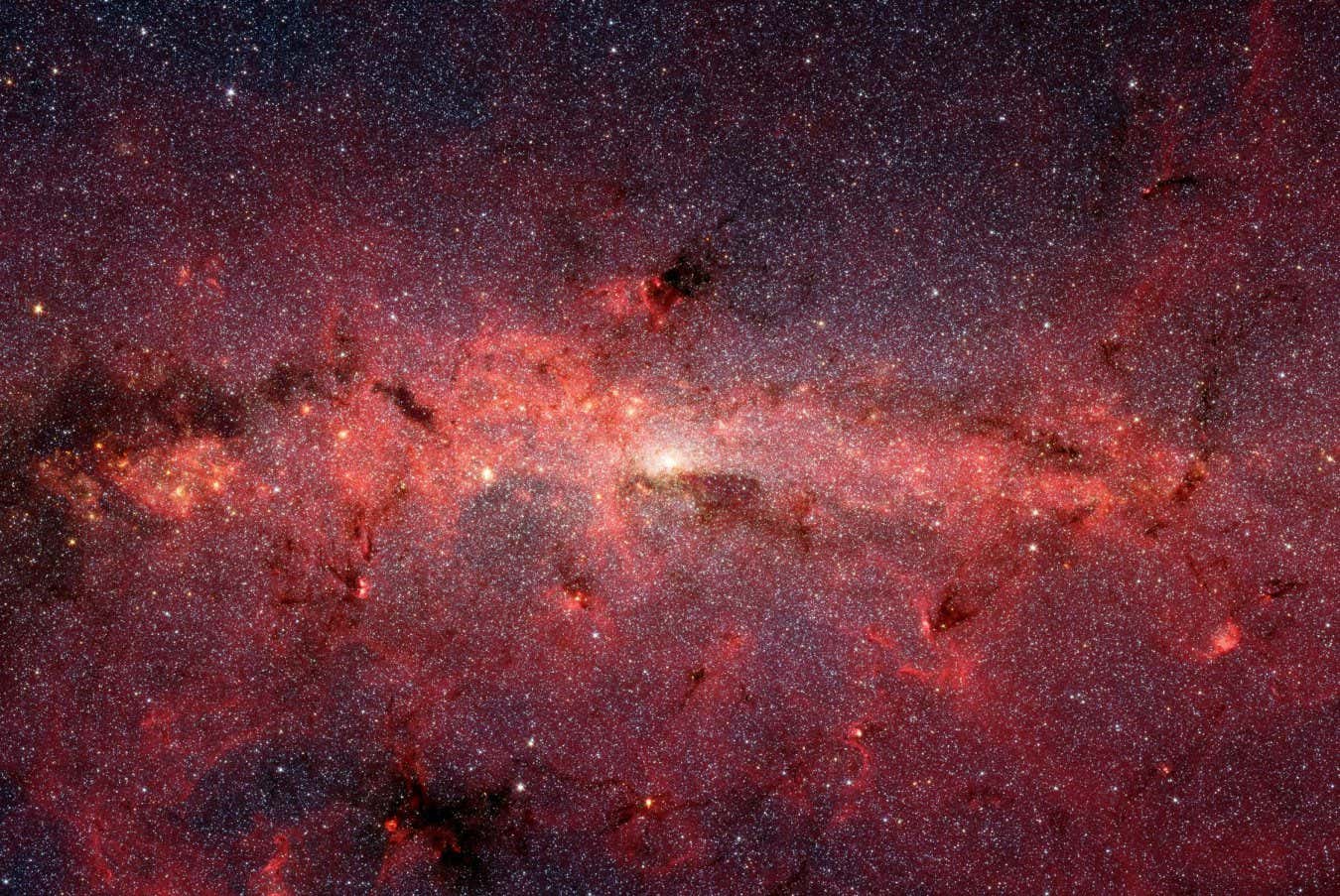Key Takeaways
- Stars near the Milky Way’s center appear younger due to a phenomenon known as the “paradox of youth.”
- Researchers propose that dark matter may extend the lifespan of these stars by providing an additional energy source.
- Further observations could help identify which stars might be effectively immortal due to dark matter interactions.
Dark Matter’s Role in Stellar Lifespans
Recent studies indicate that stars in the Milky Way’s center may be much younger than expected, which raises questions about their age. Astronomers have identified the “paradox of youth,” where these stars emit light suggesting they are younger than their mass would typically indicate. Additionally, there is a striking scarcity of older stars in this region, referred to as the “conundrum of old age.”
New research led by Isabelle John from Stockholm University employs computer simulations to examine the potential role of dark matter in explaining these puzzles. The galactic center is known for its high density of dark matter. In the simulations, researchers observed that when dark matter particles collide with stars, they lose energy and become trapped within the star’s atomic nuclei. This process can lead to the annihilation of trapped particles, resulting in bursts of energy that increase the star’s brightness.
Typically, stars age as they exhaust their nuclear fusion fuel. However, the interaction with dark matter could serve as an additional energy source, potentially making stars near the galactic center practically immortal due to the abundance of dark matter. John emphasizes that these simulations are grounded in widely accepted assumptions about dark matter and correspond with previous observations.
To enhance the understanding of these findings, collecting more telescope data is essential, particularly to investigate which stars in the Milky Way’s nucleus can benefit from dark matter’s effects. Marc Pinsonneault of Ohio State University also points out that it’s crucial to examine the implications of these simulations for stars located further from the galactic center, suggesting that data from stars closer to Earth could offer valuable insights into dark matter’s influence.
As research continues, the possibility that dark matter could significantly impact star formation and longevity opens new avenues for understanding the dynamics of our galaxy. Insights from ongoing observations and new data could lead to a clearer picture of stellar life cycles in relation to dark matter, enhancing our comprehension of the universe.
The content above is a summary. For more details, see the source article.















